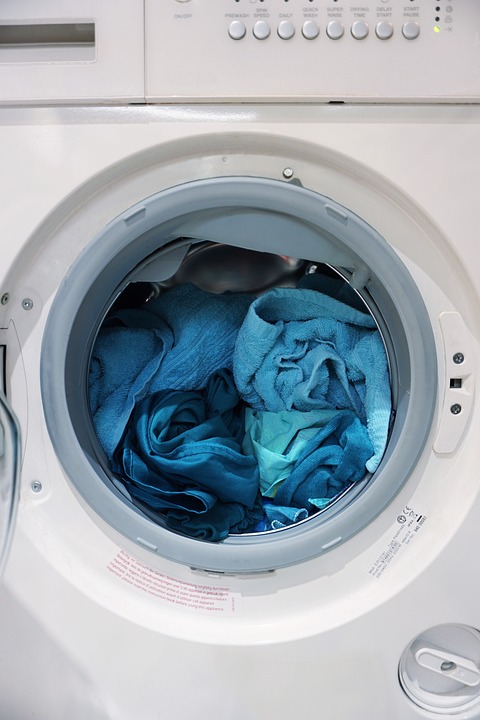Introduction
California has long been a leader in the push for clean energy and sustainability. As a result, there are numerous clean energy alliances and organizations in the state that work towards promoting renewable energy sources and reducing carbon emissions. However, some skeptics argue that these alliances are merely a gimmick and not truly effective in achieving their goals.
Arguments for Clean Energy Alliances
Proponents of clean energy alliances argue that these organizations play a crucial role in advocating for policies that promote renewable energy and sustainable practices. They bring together key stakeholders, including government officials, businesses, and environmental groups, to collaborate on initiatives that can help reduce greenhouse gas emissions and combat climate change. Additionally, clean energy alliances often provide resources and support for communities looking to transition to cleaner energy sources.
Concerns about Effectiveness
Despite the positive intentions of clean energy alliances, some critics question their effectiveness in actually making a significant impact on reducing carbon emissions. They argue that these organizations may be more focused on PR and marketing efforts than on implementing tangible solutions. Additionally, there are concerns that clean energy alliances may become too reliant on government funding and political support, which could limit their ability to enact meaningful change.
The Reality
While there may be some valid concerns about the effectiveness of clean energy alliances, it is important to recognize the valuable role that these organizations play in advocating for clean energy policies and promoting sustainability. By bringing together diverse stakeholders and fostering collaboration, clean energy alliances have the potential to drive meaningful change and accelerate the transition to renewable energy sources.
Conclusion
In conclusion, clean energy alliances in California are not merely a gimmick but rather a vital component of the state’s efforts to combat climate change and promote sustainability. While there may be room for improvement in terms of transparency and accountability, these organizations have the potential to make a significant impact on reducing carbon emissions and creating a more sustainable future for California and beyond.

Kyle Whyte is a notable scholar and professor at the University of Michigan, holding positions such as the George Willis Pack Professor in the School for Environment and Sustainability and Professor of Philosophy. Specializing in environmental justice, his work critically examines climate policy and Indigenous peoples’ ethics, emphasizing the nexus between cooperative scientific endeavors and Indigenous justice. As an enrolled Citizen Potawatomi Nation member, he brings a vital perspective to his roles as a U.S. Science Envoy and member of the White House Environmental Justice Advisory Council. His influential research is supported by various prestigious organizations including the National Science Foundation, and disseminated through publications in high-impact journals. Kyle actively contributes to global Indigenous research methodologies and education, with affiliations to numerous institutes and societies dedicated to traditional knowledge and sustainability. Recognized for his academic and community engagement, Kyle has earned multiple awards and served in various visiting professorships. His efforts extend to leadership positions on boards and committees focused on environmental justice nationwide.
